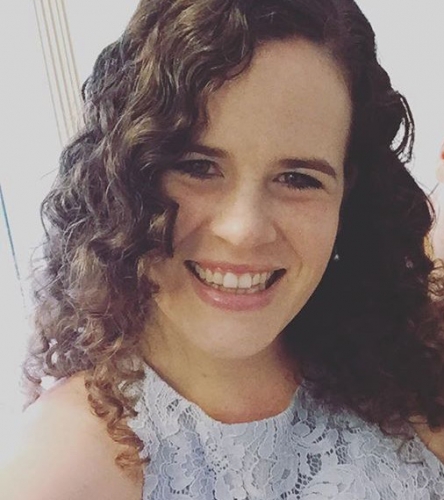Sleep. Is there anything better than a peaceful night’s slumber and waking up the next morning feeling refreshed and ready to face the day? As we age, we face a whole new set of sleep challenges, such as insomnia, broken sleep, or trouble with regular sleep patterns. As the body ages, changes in circadian rhythms, physical health, and cognitive function can affect sleep quality, leading to an increased risk of falls, depression and a weakened immune system. It’s clear that sleep is essential, so what can be done about it? Light therapy is emerging as a non-invasive treatment that can help regulate sleep-wake cycles. By mimicking natural sunlight, light therapy can reset circadian rhythms and improve both the duration and quality of sleep.
Light therapy works by exposing individuals to bright, artificial light that mimics natural sunlight, helping to regulate the body's internal clock. For the elderly, whose circadian rhythms can change as they age, light therapy can help restore a more natural sleep-wake cycle.
Subscribe for FREE to the HealthTimes magazine
Research shows that light therapy can lead to several sleep-related benefits for older adults. Regular exposure to bright light in the morning or during the day can help shift circadian rhythms, encouraging earlier bedtimes and longer, more restorative sleep.
In
Australian aged care facilities, light therapy shows a lot of promise. Residents exposed to periods of bright light therapy have reported improvements in both the quality and duration of their sleep. Light therapy has also been linked to improvements in mood and cognitive function, as well as a reduction in symptoms of depression.
Introducing light therapy into aged care facilities requires careful planning:
-
Equipment: Light therapy typically uses specially designed light boxes, wearable devices, or even ceiling-mounted lights. Usually, the recommended intensity of light is 10,000 lux.
-
Timing and Duration: In most cases, the eldery benefit from exposure to bright light in the morning between 6am and 9am. Sessions last anywhere from 30 minutes to two hours, depending on needs and the type of equipment used.
-
Tailoring Therapy: Not all residents will respond to light therapy in the same way, and it’s important to personalise the treatment based on each person's health, sleep patterns, and specific conditions. For example, residents with dementia, who often experience sleep disturbances, may require more frequent or longer light therapy sessions.
-
Training and Monitoring: Aged care staff should receive proper training, which includes understanding how to position the equipment, track residents’ responses, and adjust the therapy as needed.
-
Creating a Therapeutic Environment: To maximise the benefits of light therapy, environmental design changes can also help. This includes making sure communal areas and residents’ rooms receive ample natural sunlight during the day. Simple adjustments like positioning chairs near windows, using lighter, reflective wall colours, and reducing exposure to artificial blue light in the evening can help.
As the aged care sector continues to evolve, the role of light therapy in improving sleep health is set to grow. Currently, several types of drugs are used to treat sleep disorders in the elderly, though they come with risks and must be prescribed carefully due to potential side effects and interactions with other medications.
Melatonin supplements, which help regulate the sleep-wake cycle, are often considered a safer option, especially for those with disrupted circadian rhythms. However, prolonged use of these medications can lead to dependence, cognitive impairment, or increased risk of falls, making non-pharmacological treatments like light therapy a great alternative.
Technological advancements are making it more accessible and effective. Innovations such as
wearable light therapy devices, circadian lighting systems that automatically adjust light intensity throughout the day, and smart-home integrations designed for aged care settings are being developed. These technologies provide more personalised and flexible treatment options, making it easier to integrate light therapy into daily care routines.
As evidence of its benefits builds, it is likely that more aged care facilities across Australia will adopt light therapy as a standard part of resident care. Aged care organisations may begin to include light therapy in their guidelines for managing sleep disorders. In the future, there may be a stronger focus on using light therapy as a preventive measure in aged care, helping residents maintain healthy sleep patterns as they age. Early intervention could prevent the deterioration of sleep quality and reduce the likelihood of falls, depression, and cognitive decline.
The future of light therapy in aged care will also involve closer collaboration between aged care providers, healthcare professionals, and sleep specialists. By working together, they can create integrated care plans that incorporate light therapy alongside other therapeutic approaches.
Light therapy offers a non-invasive, drug-free solution to help regulate circadian rhythms and improve sleep patterns, making it a valuable tool for aged care facilities in Australia. By investing in light therapy, aged care providers can create more supportive environments for their residents, fostering healthier, happier and well-rested aging communities.













